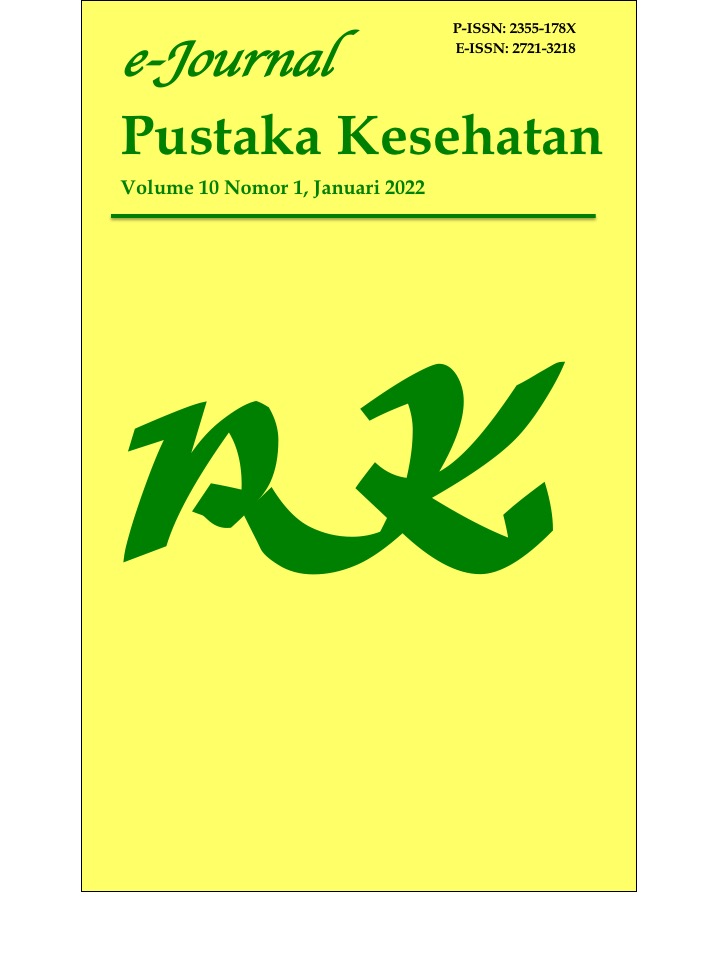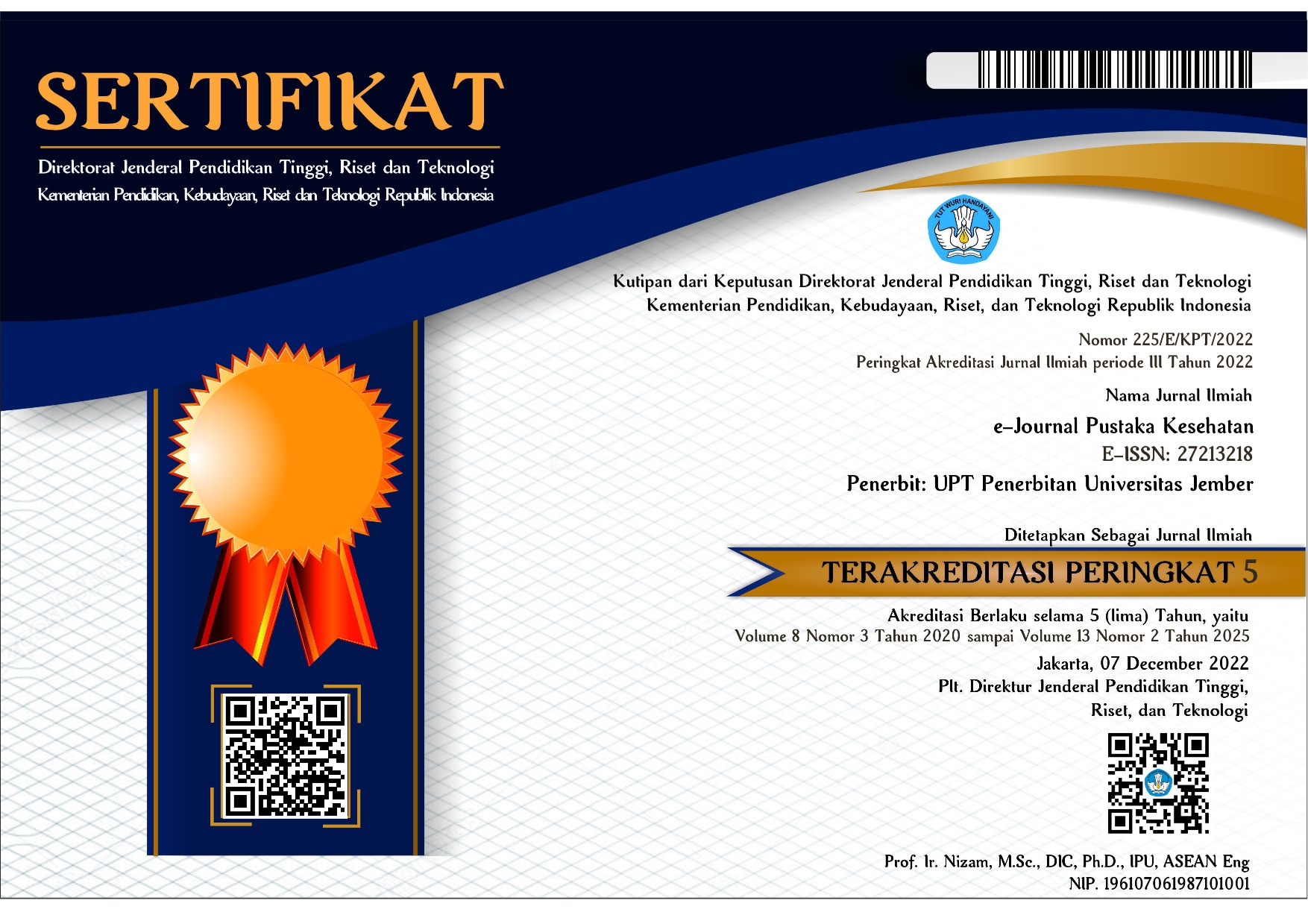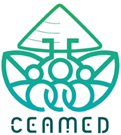Penggunaan Indikator Film Edible berbasis Antosianin Hibiscus rosa-sinensis L untuk Monitoring Kesegaran Tomat Ceri
DOI:
https://doi.org/10.19184/pk.v10i1.12616Keywords:
Anthocyanin, film edible membrane, freshness sensor, cherry tomatoesAbstract
Fruit and vegetable are food products that are in great demand by the public. One of the fruit and vegetable products that can be enjoyed by the community is cherry tomatoes. Therefore, they required for quality of cherry tomato products, in this regard, the method was needed to determine the freshness of cherry tomatoes easily and practically. The purpose of this study was to develop an edible freshness sensor based on anthocyanin of shoe flower extract (Hibiscus rosa-sinensis L) with edible membrane from a mixture of chitosan and rice starch. The edible freshness sensor can be applied as a freshness sensor and determine the freshness level of cherry tomatoes with various parameters. The freshness evaluation of cherry tomatoes included weight loss test, pH, texture, and organoleptic test. The color change of the edible freshness sensor can be detected by the nude eye and analyzed by using ImageJ program to determine the value of the mean red of RGB. The results showed the color change of the freshness sensor which was dark grey when the cherry tomatoes were fresh, dark purple when the cherry tomatoes were still fresh and reddish-purple when cherry tomatoes were no longer fresh. The value of mean red from the edible freshness sensor increase with decreasing the freshness level of cherry tomatoes
Downloads
References
[2] Dinarwi. 2011. Pengaruh lama penyimpanan dan jenis pengemas terhadap kadar gula dan keasaman buah tomat (Lycopersicon esculentum mill). Berita Litbang Industri. 66(l):21–29.
[3] Viljanen, K., M. Lille, R. Heiniö, dan J. Buchert. 2011. Effect of high-pressure processing on volatile composition and odour of cherry tomato purée. Food Chemistry. 129(4):1759–1765.
[4] Kuswandi, B. 2017. Freshness Sensors for Food Packaging.
[5] Widiastuti, D. R. 2016. Kajian kemasan pangan aktif dan cerdas.
[6] Riyanto, B., A. Maddu, dan Yogi Waldingga Hasnedi. 2010. Kemasan Cerdas Pendeteksi Kebusukan Filet Ikan Nila. Jurnal Pengolahan Hasil Perikanan Indonesia. 8(2):118-128.
[7] Bourtoom, T. 2008. Edible film and coating: characteristic and properties. International Food Research Journal. 15(3): 237-248.
[8] Sanchez-ballesta, S. D. P. Æ. M. T. 2008. Anthocyanins : from plant to health. :281–299.
[9] Nugraheni, M. 2014. Pewarna Alami: Sumber Dan Aplikasinya Pada Makanan Dan Kesehatan. Yogyakarta: Graha Ilmu.
[10] Syarief, dan Irawati. 1989. Teknologi Penyimpanan Pangan. Jakarta : Penerbit Arcan.
[11] Alexandra, Y. dan Nurlina. 2014. Aplikasi edible coating dari pektin jeruk songhi pontianak ( Citrus nobilis var Microcarpa ) pada penyimpanan buah tomat. JKK 3(4):11–20.
Downloads
Published
Issue
Section
License
e-Journal Pustaka Kesehatan has CC-BY-SA or an equivalent license as the optimal license for the publication, distribution, use, and reuse of scholarly work. Authors who publish with this journal retain copyright and grant the journal right of first publication with the work simultaneously licensed under a Creative Commons Attribution-ShareAlike 4.0 International License that allows others to share the work with an acknowledgment of the work's authorship and initial publication in this journal.







